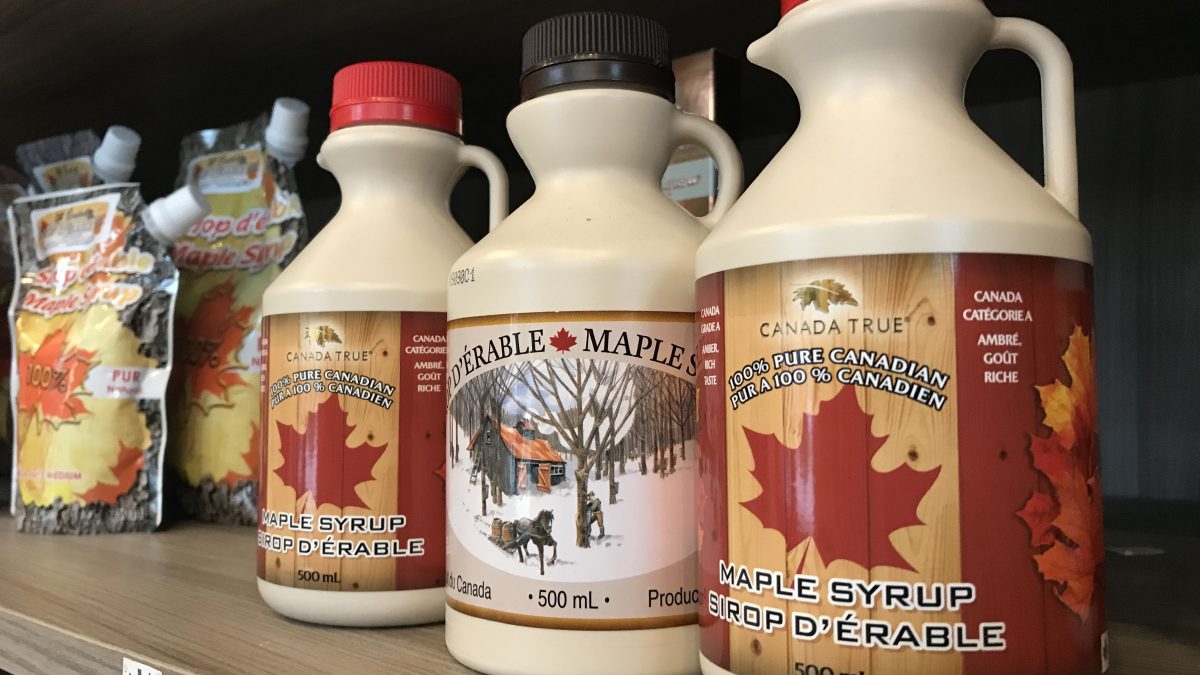

McClurken with contributions by Charles E. He retired in the 1990s before passing away in 2017.Īnother notable and related work to Keller’s look at maple sugaring as a treaty-right and digs a little deeper into documenting the historic use and importance of maple sugaring to one Anishinabe community in Minnesota is the massive 572 page tome Fish in in the Lakes, Wild Rice, and Game in Abundance: Testimony on Behalf of Mille Lacs Ojibwe Hunting and Fishing Rights by James M. He wrote about a wide range of environmental and historical topics, including Native American history.

For anyone interested in a short but accurate introduction to intersection of some of the social and political issues and questions related to the evolution of Native American maple sugaring into the 21st century, that is grounded in historical research, Keller’s article is the place to start.įor those interested in who Bob Keller was, Bob Keller was a professor of history in the Fairhaven College of Interdisciplinary Studies at Western Washington University in Bellingham, Washington. Nevertheless, Bob Keller dove into the topic and in doing so presented a wonderful overview of the history and cultural significance of maple sugaring for western Great Lakes tribes in the 18th, 19th, and 20th centuries. While the issue of off-reservation maple sugaring as a treaty-right was barely acknowledged. The regulation of fishing and the sharing of the annual take of fish by sportsman, commercial fishing, and treaty-protected fishing was the overwhelming focus of debate both before and after the conclusion of the cases in court. To make a long story short, the Anishinabe were successful in court and their reserved rights were recognized. The context of the timing of the article was that in the 1980s Native Americans from Anishinabe Bands (sometimes called tribes) across the Lake Superior region were fighting the states in court to defend their rights to hunt, gather, and fish on lands outside the boundaries of their reservations, rights that were reserved in exchange for ceding ownership of these lands to the federal government via a number of treaties agreed to in the 1800s. 117-135) and makes a well-argued case for the protection and exercising of the right of Anishinabe people (also known as Chippewa or Ojibwe) to harvest maple sap and make maple sugar and syrup on off-reservation lands in the ceded territories of Michigan, Wisconsin, and Minnesota. It was published in 1989 in the journal American Indian Quarterly (vol. Keller’s America’s Native Sweet: Chippewa Treaties and the Right to Harvest Maple Sugar. The article, available at the links here, is Robert “Bob” H. But in the last thirty years, for me one piece stands out as a unique, well-researched, well-referenced, and thought-provoking article written from a broader ethnohistorical perspective. Likewise, important articles and papers presenting research on the maple sugar origins debate and archaeological investigations into Native American maple sugaring have and will continue to be featured in this blog. A variety of careful treatments of various topics that touch on the role and place of sugaring in the lives, economy, and culture of Native North America have been written and published and still more are coming out every year. Over the years as my research into Native American maple sugaring progressed I never ceased to be impressed by one particular scholarly publication.


 0 kommentar(er)
0 kommentar(er)
